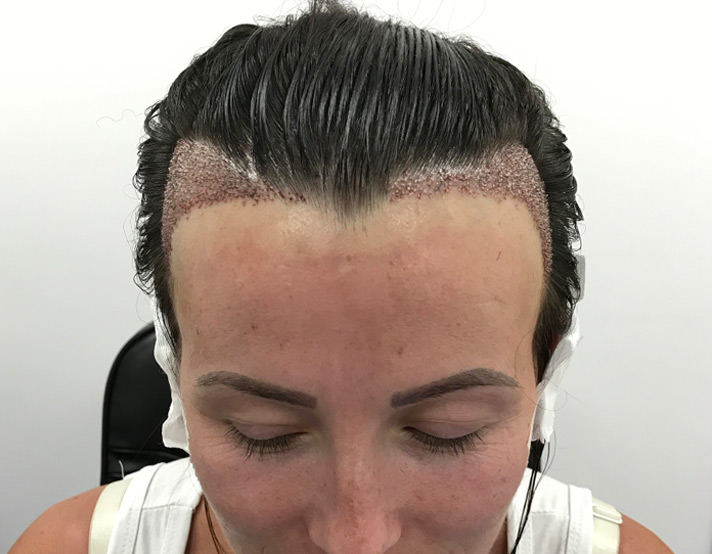
Hair Transplant
Hair transplantation has proved to be the most effective and the gold standard treatment for baldness with long lasting results when none of the other methods work effectively.
Hair transplantation is a therapy that involves transferring hair follicles from one region of the body (typically the scalp) to the affected areas in order to cover baldness. This technique has been shown to be the most effective therapy for individuals who have already lost their hair and are experiencing baldness.
Who is eligible for Hair Transplantation?
- Androgenic Alopecia
- Scarring alopecia is a result of any injury or trauma, accidents, and scalp infections.
- Eyebrow reconstruction.
- Beard reconstruction
- Moustache reconstruction
Types of Hair Transplantation
1. FUE Hair Transplant
Follicular unit extraction (FUE) hair transplants are done by taking individual hair follicles out of your skin and implanting them elsewhere on your body. This will make the hair in the new area look thicker.
FUE was meant to replace the “classic” follicular unit transplantation (FUT) technique. This procedure was done by taking an entire piece of skin orscalp along with the follicles and transplanting the skin on the target area.
FUE has become more popular than FUT because it’s less likely to lead to a “hair plug” look, where sections of skin or hair don’t match the surrounding areas. It also won’t leave a large scar like FUT does.
The best candidate for a FUE hair transplant is someone with thinning hair or balding who still has enough hair nearby to use for a transplant.
You may not be eligible for a FUE hair transplant if you don’t have enough healthy or thick hair to transplant to the thinning or balding area.
2. FUT Hair Transplant
Hair loss affects up to 85 percentTrusted Source of men and 40 percent of women. Follicular unit transplantation (FUT) and other hair transplants are minimally invasive surgeries to help cover bald spots caused by hair loss.
Hair transplants date back to at least 1939Trusted Source in Japan. In the early days, the results usually looked unnatural and gave a plug-like appearance. It wasn’t until surgeons first started transplanting individual hair follicles (also known as follicular units) in 1995 that hair transplants started giving natural-looking results.
There are two predominant types of hair transplantation currently in use:
Follicular Unit Extraction (FUE)
Follicular Unit Transplantation (FUT)
In FUT surgery, a surgeon cuts a strip of skin from the back or side of your head and extracts individual hair follicles. These follicles are then inserted into the balding parts of your scalp. The surgery works best at covering a receding hairline caused by male pattern baldness
Do's and Don'ts Before Hair Transplantation
- Avoid drinking coffee or tea two days before a hair transplant.
- Don’t consume spicy or oily foods for two days before your hair transplant.
- Avoid smoking and drinking for a week before getting a hair transplant.
- Before the procedure, take any medications recommended by your doctor.
- Wash your scalp every day with the recommended shampoo.
Do's and Don'ts After Hair Transplantation
- Avoid exposure to dust and sunlight for at least one week, or as directed by the surgeon.
- Always wear a surgical cap while going out.
- Do not wear a helmet for a month after having your hair transplanted.
- Do not smoke or consume alcohol for 15 days after the hair transplantation surgery.
- Do not touch the recipient area till the day of washing it.
- Start daily washing of the donor area with drinking water on the very next day of the hair transplant.
- After 7 days, wash the recipient region on a regular basis.
- Swimming and gym exercises should be avoided for at least two months after hair transplantation.
- Use the surgeon’s recommended medicines on a regular basis. Use the doctor-recommended shampoo as well.
- Follow the doctor’s diet advice for healthy hair development.
